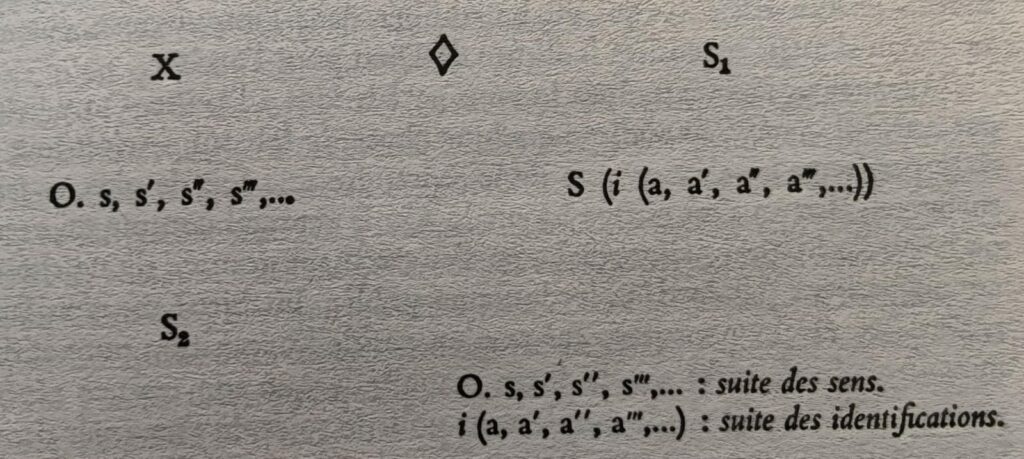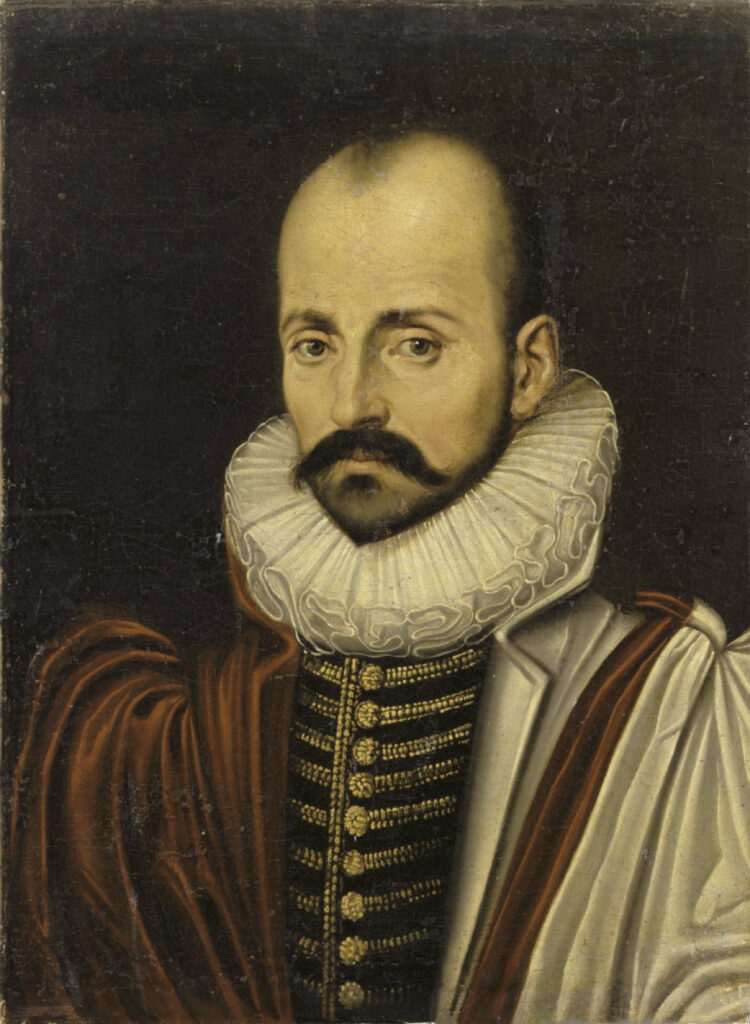This is what of all things democracy means. Democracy is not a type of constitution, nor a form of society. The power of the people is not that of a people gathered together, of the majority, or of the working class. It is simply the power peculiar to those who have no more entitlements to govern than to submit. One cannot rid oneself of this power in denouncing the tyranny of majorities, the stupidity of the ‘great animal’, or the frivolity of individualist consumers. For then one must get rid of politics itself. Politics exists only if there is a supplementary title for those who function in the ordinary run of social relations. The scandal of democracy, and of the drawing of lots which is its essence, is to reveal that this title can be nothing but the absence of title, that the government of societies cannot but rest in the last resort on its own contingency.
Jacques Ranciere, Hatred of Democracy, Tr. Steve Corcoran, Verso, London – New-York, 2006, pp. 46-47
C’est cela d’abord que démocratie veut dire. La démocratie n’est ni un type de constitution, ni une forme de société. Le pouvoir du peuple n’est pas celui de la population réunie, de sa majorité ou des classes laborieuses. Il est simplement le pouvoir propre à ceux qui n’ont pas plus de titre à gouverner qu’à être gouvernés. De ce pouvoir-là on ne peut pas se débarrasser en dénonçant la tyrannie des majorités, la bêtise du gros animal ou la frivolité des individus consommateurs. Car il faut alors se débarrasser de la politique elle-même. Celle-ci n’existe que s’il y a un titre supplémentaire à ceux qui fonctionnent dans l’ordinaire des relations sociales. Le scandale de la démocratie, et du tirage au sort qui en est l’essence, est de révéler que ce titre ne peut être que l’absence de titre, que le gouvernement des sociétés ne peut reposer en dernier ressort que sur sa propre contingence.
Jacques Rancière, La haine de la démocratie (2005), La fabrique éditions, Paris, 2024, p. 54




